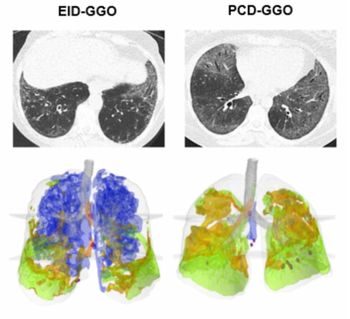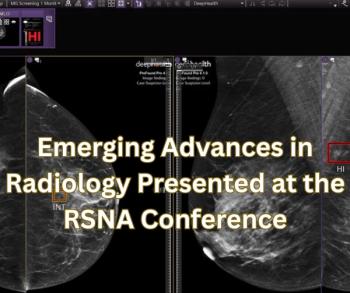
Study Assesses PET Agent for Detecting Pelvic Lymph Node Metastases in Patients with Prostate Cancer
For patients recently diagnosed with prostate cancer, the emerging positron emission tomography (PET) agent 18F-rhPSMA-7.3 reportedly has a 96 percent specificity rate for detecting pelvic lymph node metastases, according to Phase 3 study results recently presented at the 22nd Annual Scientific Meeting of the Society of Urologic Oncology (SUO).
While conventional imaging and procedures have limitations in the assessment of pelvic lymph node metastases in people with prostate cancer, new research suggests that an investigational positron emission tomography (PET) agent may be beneficial in this patient population.
In a Phase 3 trial of 296 patients recently diagnosed with
Brian F. Chapin, M.D., a co-author of the study, suggested that PET imaging with 18F-rhPSMA-7.3 may provide additional clarity with the staging of people with primary prostate cancer.
“Up to 25 percent of patients with primary prostate cancer may have detectable pelvic lymph node metastases, which are correlated with a risk for recurrence and associated overall survival,” noted Dr. Chapin, an Associate Professor in the Department of Urology in the Division of Surgery at the University of Texas MD Anderson Cancer Center. “Conventional imaging techniques, such as (magnetic resonance imaging and computed tomography), are limited in the information they may provide. Pelvic lymph node dissection (PLND), or pelvic lymphadenectomy, is considered the gold standard in assessing pelvic node lesions, but its use is limited to the planned surgical area. An ideal staging technique for detecting metastatic prostate cancer should include both pelvic nodes as well as more distant soft tissue and skeletal findings.”
The researchers also noted no serious adverse effects with the use of 18F-rhPSMA-7.3. While the study authors noted a 7.9 percent incidence of adverse events that may have been attributed to use of the imaging agent, they noted that injection site pain was the most reported adverse event in 0.8 percent of the study participants.
(For related content, see “
Newsletter
Stay at the forefront of radiology with the Diagnostic Imaging newsletter, delivering the latest news, clinical insights, and imaging advancements for today’s radiologists.




























